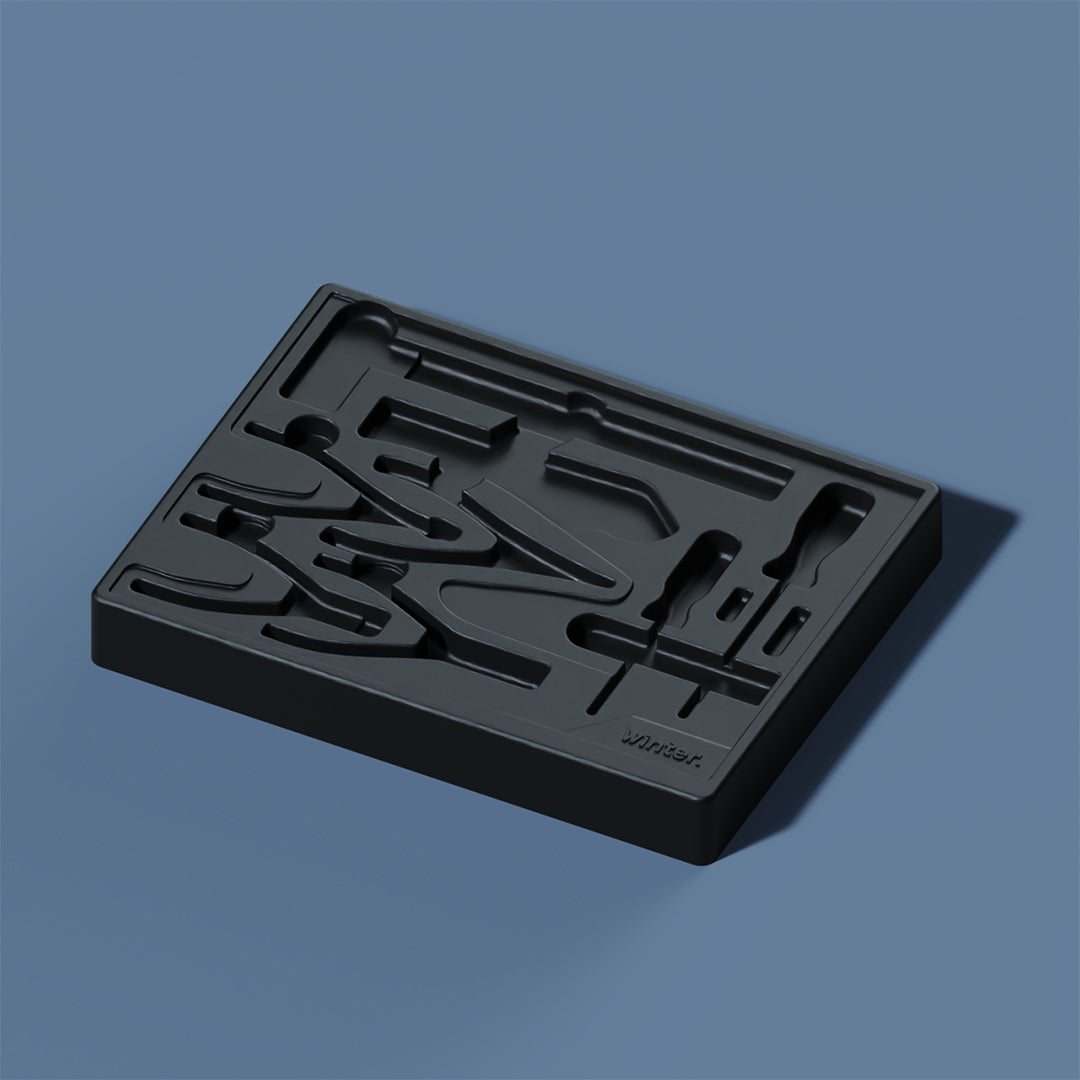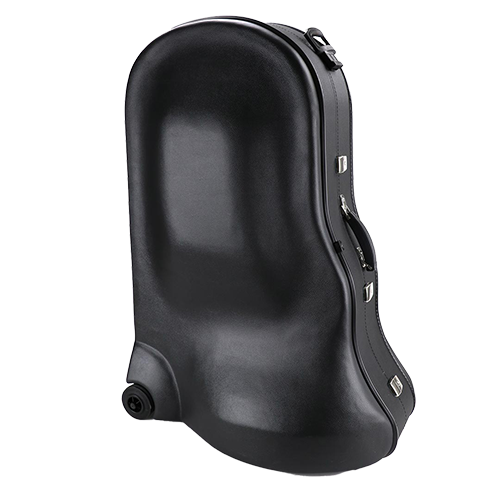Plastic Moldings

Typical Products Made by Thermoforming
The thermoforming process is used in a variety of industries to manufacture products with different requirements and properties. Typical products include:
- Cases (case shells)
- Machine covers
- Trays
- Product displays
- Covers and signs
- Containers
- Medical molded parts
- Lightweight components
- Leisure products
Product Examples Made of Thermoplastic Materials
Plastic Materials for Shaped Parts
The thermoforming process enables the processing of a variety of plastics that can be molded due to their thermoplastic properties. Different materials are used depending on the area of application and the desired properties of the end product:
Collapsible content
Acrylnitril-Butadien-Styrole (ABS)
Properties: high impact resistance, good surface quality, thermal stability.
Applications: automotive parts, casings for electrical appliances, technical components.
Polystyrole (PS)
Properties: transparency possible, rigid, easy to process.
Applications: disposable packaging, blister packaging, containers for food products.
Polyethylene (PE)
Properties: flexible, good barrier properties, moisture resistant.
Applications: packaging, water tanks, protective covers.
Polypropylene (PP)
Properties: lightweight, chemical resistant, high impact strength.
Applications: food packaging, medical products, containers.
Polymethylmethacrylate (PMMA, Acrylic Glass)
Properties: high transparency, scratch-resistant, weather-resistant.
Applications: displays, lighting covers, medical products.
Polycarbonate (PC)
Properties: very robust, break-proof, heat-resistant.
Applications: protective covers, optical applications, automotive engineering.
Polyethylenterephthalat (PET)
Properties: transparency, strength, barrier properties against gases.
Applications: food packaging, bottles, technical applications.
Thermoplastic Elastomeres (TPE)
Properties: rubber-like flexibility, good formability.
Applications: handle materials, seals, flexible packaging.
Polyvinylchlorid (PVC)
Properties: robust, chemical resistant, good formability.
Applications: advertising panels, packaging, construction applications.






